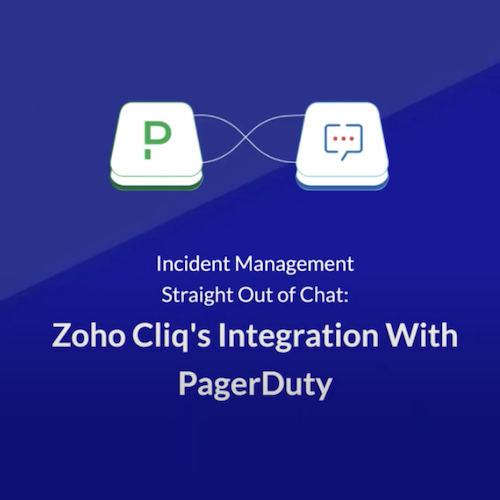5 Steps to Implement AIOps
AIOps, or Artificial Intelligence for IT Operations, is a transformative approach that combines artificial intelligence and machine learning with traditional IT operations to enhance efficiency, reduce downtime, and improve overall performance. In today’s fast-paced digital landscape, AIOps has become increasingly important for modern businesses, enabling them to proactively address operational challenges and deliver exceptional customer experiences. By harnessing the power of AI and automation, organizations can unlock valuable insights from their vast amounts of data and make data-driven decisions to accelerate revenue growth and operational excellence.
Step 1: Align AIOps with Business Goals
To successfully implement AIOps, it is crucial to align it with your organization’s top-level goals. AIOps can play a pivotal role in protecting revenue and ensuring a seamless customer experience. By identifying key areas where AIOps can drive efficiency, organizations can create a plan that focuses on delivering Minimum Viable Products (MVPs) to prove the value of AIOps early in the process. This approach allows businesses to gain executive support and secure necessary resources for broader implementation.
Step 2: Connect Your Event Data to Your AIOps Tooling
A comprehensive AIOps strategy requires connecting event data from various sources and monitoring tools to provide a unified view, commonly referred to as a “single pane of glass.” By integrating data from multiple sources, organizations gain a holistic understanding of their IT environment. This unified view enables better decision making and allows for faster incident response. Ensure that your AIOps tooling covers all your event data, consolidating information from different systems, applications, and infrastructure components.
Step 3: Reduce Noise
One of the primary challenges in managing IT operations is dealing with the constant stream of alerts and notifications, especially if they don’t convey important information. This noise disrupts response efforts and bogs down teams To effectively reduce noise, start by identifying the services that generate the most alerts or incidents. By focusing on the noisiest areas, you can prioritize noise reduction efforts and optimize your resources. Implement grouping methods to consolidate related alerts into actionable incidents, reducing alert fatigue for your teams. Measure the effectiveness of noise reduction efforts using Mean Time to Acknowledge (MTTA) and Mean Time to Resolve (MTTR) metrics, ensuring continuous improvement.
Step 4: Enrich and Normalize Your Event Data and Incidents
Event data generated across an organization can vary significantly, making it challenging for different teams to consume and interpret. It is essential to enrich and normalize event data and incidents to facilitate faster response and collaboration. Organizations should aim to automatically populate incidents with as much relevant content as possible, leveraging integrations with various systems and data sources. By enriching incidents with contextual information, teams can accelerate incident resolution, reduce downtime, and improve overall service quality.
Step 5: Craft End-to-End Event-Driven Auto-Remediation
One of the most powerful aspects of AIOps is its ability to automate the resolution of repetitive incidents, freeing up valuable human capacity. Identify incidents that are well-understood and well-documented within your organization and craft automation sequences that run based on event data via customizable logic and conditions.By leveraging AI and automation, organizations can proactively detect and remediate issues before they impact end-users, thereby improving system reliability and driving operational efficiency.
In today’s digital landscape, implementing AIOps has become imperative for organizations seeking to thrive in a rapidly evolving market. By aligning AIOps with business goals, connecting event data, reducing noise, enriching incident data, and leveraging end-to-end event-driven automation, organizations can unlock the full potential of AIOps.
The five steps outlined above provide a framework for enhancing operational efficiency, reducing downtime, and improving customer experiences. For many organizations, accomplishing these steps is easier with a trusted partner for AIOps. The PagerDuty Operations Cloud helps organizations adopt not just AIOps, but better resiliency practices overall. To learn more about how PagerDuty AIOps fits into a comprehensive digital operations strategy for modern organizations, you can see what our customer CTC had to say.
Additional
Resources
Webinar
Zoho Cliq and PagerDuty: Straight Out of Chat
Webinar
Zen Your Life with Event Intelligence


